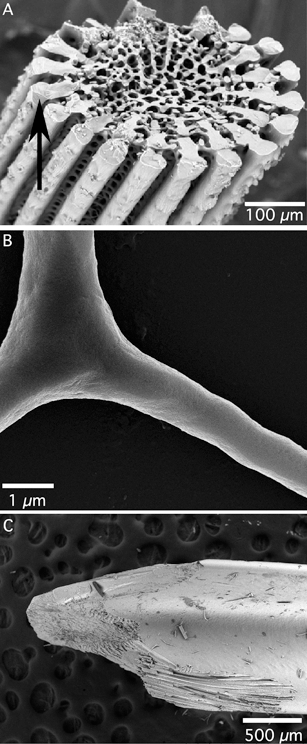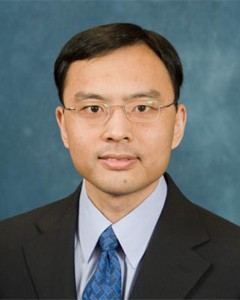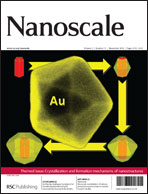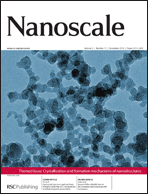On the origin of life
Professor Tony Ryan of the University of Sheffield visited the Royal Society of Chemistry in London to deliver a fascinating talk on Materials Chemistry and the Origin of Life. Professor Ryan described the origin of life in a ‘primordial soup’, fundamentally a mixture of organic building blocks such as sugars, fatty acids, amino acids and nucleotides, created by chemical reactions between methane, water, carbon dioxide and hydrogen cyanide (so the theory goes).
Watch the lecture now online: Materials Chemistry and the Origin of Life
Although it is not altogether clear how, from this soup sprung life, starting off as simple cells and eventually evolving into life as we know it today. Unimaginably complex molecules, structures, cells and organisms self-assemble from a simple list of ingredients, and give rise to the complex flora and fauna that is life on Earth. Professor Ryan went on to describe cell biology as ‘nanotechnology that works’, and indeed the internal workings of a cell are as a complex ‘nanosystem’ as we could ever hope to construct. He also discussed how, in his work, he has taken inspiration from the chemical basis of the ‘origin of life’, and used it directly in his materials chemistry research, a field which he refers to as ‘Soft Nanotechnology’.
From the bottom up…
Current research in nanotechnology is striving towards heightened control and understanding of how to assemble complex and useful nanostructures. Just like the complex structures of living organisms self-assemble, we desire to be able to induce assembly of intricately designed and functional nanomaterials. In the decades since ‘bottom-up’ nanoparticle synthesis was pioneered, much attention has turned to the growth of anisotropic nanostructures. There has been a plethora of such structures reported in the literature, including tetrapods, wires, stars, nets and cages, amongst many others.
This month’s issue of Nanoscale, entitled ‘Crystallization and Formation Mechanisms of Nanostructures’, is a themed collection of papers which explore the various developments in solution-based crystal nucleation and growth mechanisms. In their editorial piece, Fiona Meldrum (University of Leeds, UK) and Helmut Cölfen (University of Konstanz, Germany) describe the synthesis of crystalline nanomaterials with well-defined sizes, morphologies and hierarchical structures as “one of the grand challenges of nanoscience and nanotechnology today”, but qualify this statement by explaining that “understanding of how these structures develop remains poor”. However, the works collected in this themed issue represent the state-of-the-art in our understanding of this field, and clearly illustrate that significant progress is being made in this fascinating, and fundamentally important, branch of science.
Meldrum and Cölfen go on to say that “it is also valuable to draw parallels between synthetic crystals, and their formation mechanisms, and crystals precipitated under biological control, namely biomaterials such as bones, teeth and seashells”. Again, inspiration can be taken from the complexity and beauty of these natural structures and used to shed further light on our studies in nanomaterial synthesis. The best efforts of synthetic chemists to control the growth, size and shape of nanomaterials pale in comparison with what occurs naturally in all living organisms. However, as we can presume we have only scratched the surface of possibilities here, one can anticipate that there remain many exciting discoveries and developments in this field of research.
Read the Nanoscale themed issue today for free: ‘Crystallization and Formation Mechanisms of Nanostructures‘












 Can street lights be replaced by trees? Taiwanese scientists believe that they can using gold nanoparticles to induce luminescence in leaves.
Can street lights be replaced by trees? Taiwanese scientists believe that they can using gold nanoparticles to induce luminescence in leaves.


